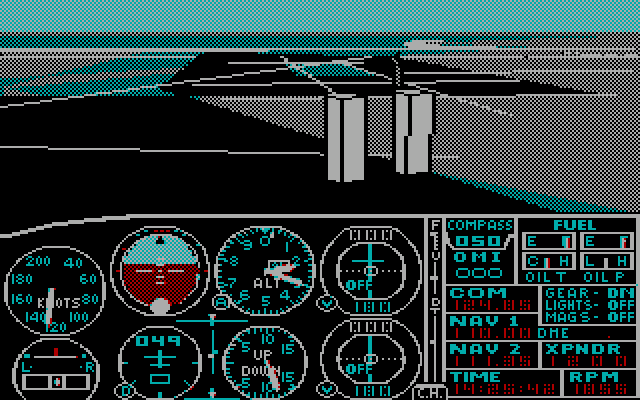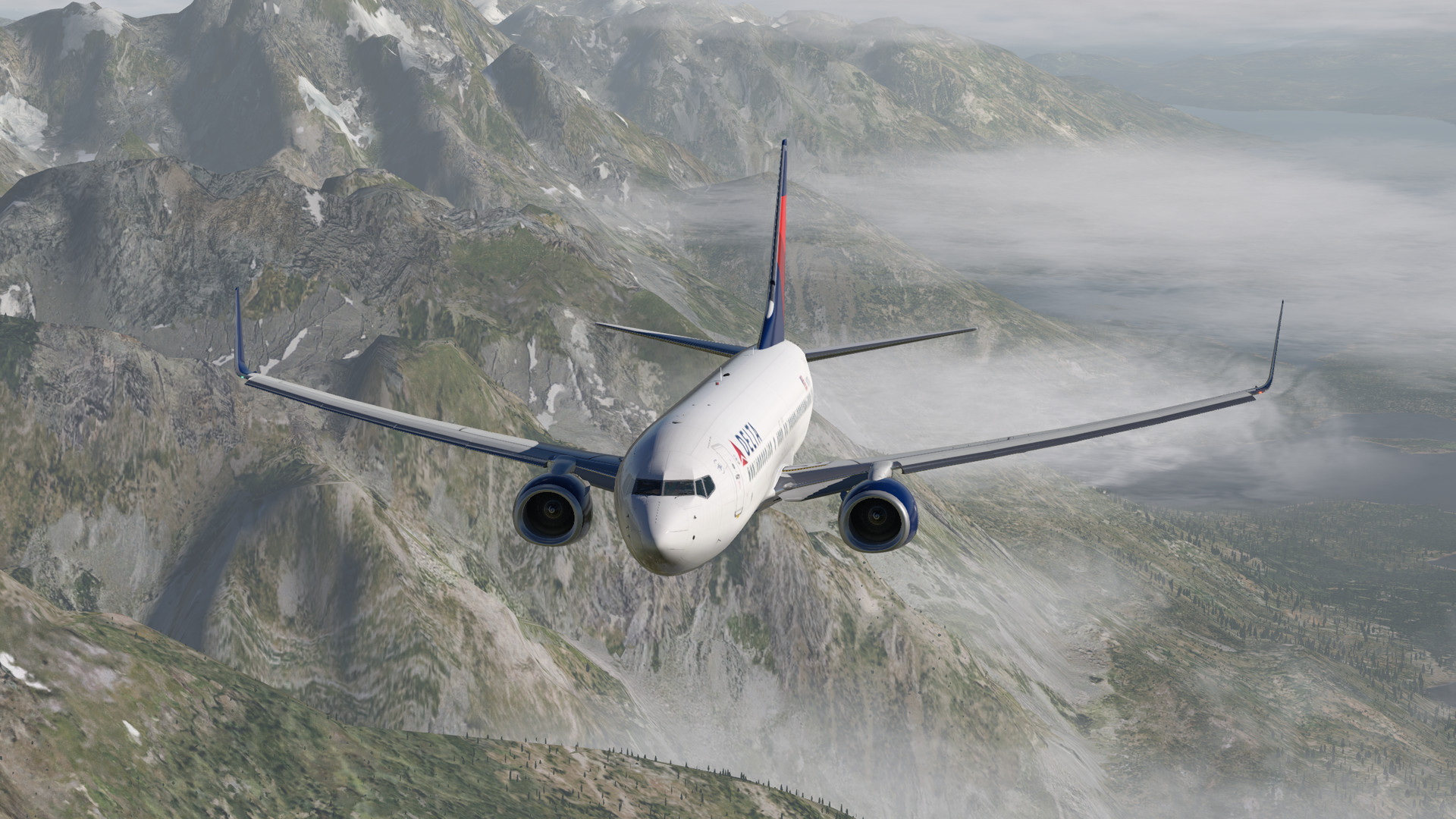What are Flight sims ?
A flight simulator is a device that artificially re-creates aircraft flight and the environment in which it flies, for pilot training, design, or other purposes. It has been really popular since 1982. The first release was called subLogic flight simulator which was released in 1979 on the Apple II.

Since this release flight sim has completely evolved with newer versions with newer features which means more and more accurate modelling of newer aircrafts.
Important milestones:
- Flight Simulator 2.0:

- Flight Simulator 5.1:

- Flight Simulator X:

Flight sims have also become part open source. The current best flight simulator in the market Xplane 11 has open source modules such as BetterPushBack , SharedCockpit etc … In recent years flight school students can even skip most of the instrumental classes for aircrafts such as the Ceesna’s due to the fact that they have already learned it in the flight sim at home.
FS2020 Competitor
Before we start the discussion of FS2020 we need to compare the current progress of their competitor Xplane which is designed by a Software Company called Laminar research. Xplane 11 is the current best Flight sim platform out there. Xplane 11 comes built in with VR compatibility , Runs on all platforms such as Mac , Windows , Linux and the graphics speaks for itself and runs on most common Pc’s on today’s standards.

Introduction to FS2020
The release date of FS2020 is still unknown due to COVID19 delays. All we know is that it should be coming out sometime this year. The idea is that the game is rendered on your PC but the scenery is downloaded from the azure servers. The reason it has a lot of hype is because of the fact that it’s graphics is game changing and even the amount of realism that they have added to the game (We will talk more on this later).
Ground Scenery
The game has an online and offline maps. The Hype comes from the online maps as it’s a 3D map from Bing. With the current technology, satellites are able to take a picture of cities from different angles and generate 3D models out of them and the game developers have been using a lot of machine learning techniques to generate the tiniest details such as grass ,trees , cars on the road etc.. There have also been very funny comments on these 3D maps such as “Tips on how to tour north korea”, “How to catch your wife cheating”,“This video gave me morning wood. Girlfriend thought it was because of her. Yea honey….it’s totally you.” etc…
This link will give you a general idea on 3D models of cities look like
For higher details many of the major airports are modeled partially manually. The movement ground crew and vehicles are all a bunch of AI’s working in parallel. The details of the runway and taxiway are super high. In the demo we can even see tiny stones on the taxiway.
As per the developers the 3D models are generated using Photogrammetry data or else it’s augmented bitmap which means that the base image is from bing maps and then it’s filled with some pre-build objects. The size of the bing scenery which they use is around 2 Petabytes and this is only one aspect of the Sim. All the maps are generated or drawn based on the horizon and this varies based on the height of the aircraft.
Behavior in the Sky
Again for the weather there is online and offline data. Is it actually interesting to know that simulating or modeling the weather is as complex as doing it for the ground. To simulate that the game generates millions of virtual particles to generate accurate lift for the aircraft. In many other sims the stalls in the code have been like flags (i.e on and off switch) this means that when the aircraft loses speed the nose dive will be a bit unrealistic. This has been fixed in FS2020 and they calculate various aspects such as density of air , wind patterns because at many times the aircraft would not even stall due to the design of the hardware which automatically pushes the nose down to gain speed. FS2020 can even predict which direction the aircraft will stall at.
Atmospheric Simulation:
The developers had to use a fresh approach to ensure that the lighting effects have to be as realistic as possible and to also accommodate all new techniques coming out from the video game industry. They have their own scattering system which gets lights from unified sources such as Sunlight ,Moonlight ,Starlight ,City light etc… The photons are scattered based on the parameters such as humidity , weather , pollution etc … The shadows of the clouds are casted on the ground , shadows of the ground have been casted on the clouds and so this gives unbelievable sights.
Weather Special Effects:
The sim has volumetric 3D rain , volumetric Rainbow scattering; this means that the rainbow is generated based on the compositions required to generate one. Each water droplet on the windshield is generated based on the speed of the aircraft and as the aircraft speed varies this impacts on how much the water is stretched in the windshield of the cockpit.
The sim even has window icing that takes place mostly in the cruise altitude if the Anti ice systems are not turned on in the aircraft.
The position of the sun , moon and stars will be informed based on date and time of year and even the light of the city will be reflected back to the cloud which creates realistic VFR flying. The reflection of the building on water is also realistic based on time of day, number of clouds etc.. and it is rendered the same way as how the atmosphere is rendered.
Volumetric clouds:
This is one of the best features for anyone flying aircraft’s through clouds. There are 32 layers from sea level and they are based on density , shape , fuzziness and all these clouds can be seen from any angle. The formations are informed based on the updraft winds. The sim natively supports all types of clouds. The max view distance of generated clouds is 600 km.
Real Weather Data:
The weather data is collected from one of the research centers in Switzerland. Based on data provided to the engine, The corresponding clouds and updrafts are generated. The sim gets upto 32 layers of real world cloud data, pressure , humidity, temperature, wind speed and gusts.